I haven’t totally ruined my kids or anything like that. They were always clothed, fed and sheltered. They even had music/arts lessons over the years, and physical activities.
But they didn’t always have ME!
I was not a “natural” when it came to parenting newborn twins. I struggled a lot with the various minute to minute challenges of parenting two babies, and while I made it my business to learn and know, by the time I became an “expert”, Alex and Simon where already well through school.
So true!
Especially with multiples, the early years can be overwhelming, and for me, I didn’t even take the full year of parental leave, choosing instead to run back to the refuge of full time work, and leaving my 4 month old babies with their father for the remainder of that first year. I was a very successful instructional coach at the time, with a large urban school board, and the fulfillment I felt from my expertise in that role compared with the relative incompetence I felt parenting two screaming newborns with little/no consistent help was quite jarring!
Even once the boys were sleeping through the night and using “big boy toilets” rather than diapers, and we started to get our life back a little, I regret to admit that I spent summers facilitating and attending professional development for teachers rather than camping or hanging out at the beach with my littles. Our “summers in PEI” consisted of maybe two weeks at most.
And suddenly they were 17 and it was COVID and we were all locked up in a tiny apartment together.
When they came out of their rooms and we shared a meal together, I marveled at how my little babies were growing into big, tall men. We even threw them a covid-themed 6-foot-party (which wasn’t much of a party, since we weren’t allowed to interact with anyone outside our circle at the time, resulting in a LOT of leftover six-foot-sub meals for us within two days!!!)
I decided right then and there to make some significant changes in my life.
With the support of my partner, I quit my job, and over the next several years, with her support, have transitioned from full time work to semi-retired “housewife” and “Stay-at-home-mom”. (I put these in parenthesis because for our particular family and life arrangement, the terms look a little different than the main stream, largely because we don’t all live full time in one place together.)
It was the best decision I ever made.
While it’s not the same of course as being there for your baby’s first steps or Kindergarten graduation or school field trips to the museum, there is something quite satisfying about being able to fully support your teen while they learn to drive, or meet them on/near campus for lunch during the week, or even sit in on one of their university classes and ride the subway home together afterwards! There’s a special satisfaction in googling mental health and academic supports during the day while your 19-year-old is in class, making a suggestion to them later on, and getting a phone call a few weeks later thanking you for that suggestion because IT WORKED!! Or reading a draft of an assignment they’ve written for a course and offering descriptive feedback, or hearing about something they are learning about at college that excites them, or having breakfast out together on a weekday because they don’t have class and you don’t have to “work” that morning.
And with time to manage groceries, laundry and other household chores during the “workday”, my weekends are more flexible as well: We still don’t camp, but there are lots of beach visits and walks in the park, both individually with each “child” and together.
I get to be fully present when one of them calls to tell me he and his girlfriend broke up, or when one of them wanders into the living room and wants to talk about finances and investing. I can say “yes” when one of them decides university is not for him and wants to come live with me full time on PEI for several months while he decides what to do next (college with a possible career as a PI, it turns out, after a summer of chainsawing and sheet metal roofing!!) And I can support the other when he wants to do a full time placement but needs a ride because the bus is not convenient to our home and he doesn’t have his drivers license yet.
I don’t have to listen half-heartedly to their stories while the other half of my brain stresses about unwritten report cards or marking or lesson planning that still needs to get done… yes, it’s true there is lots to do as the primary household engineer, but without a full time paid job, I have considerable flexibility about when and how tasks are completed. And watching actively engaged as my boys turn into resilient, creative and thoughtful young men has been a great gift to me as a parent who missed out on the chance to be more fully present earlier on in their lives.















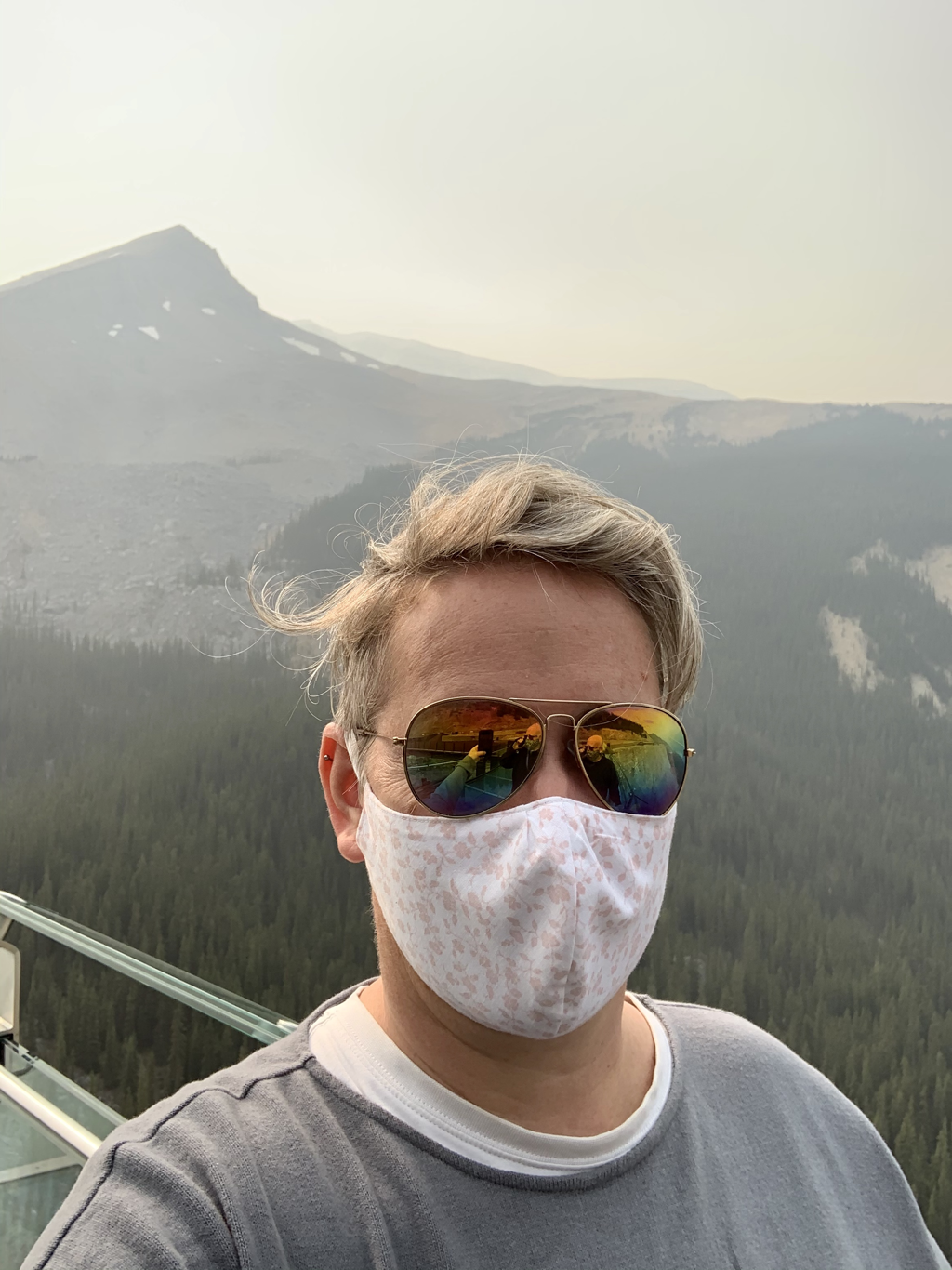
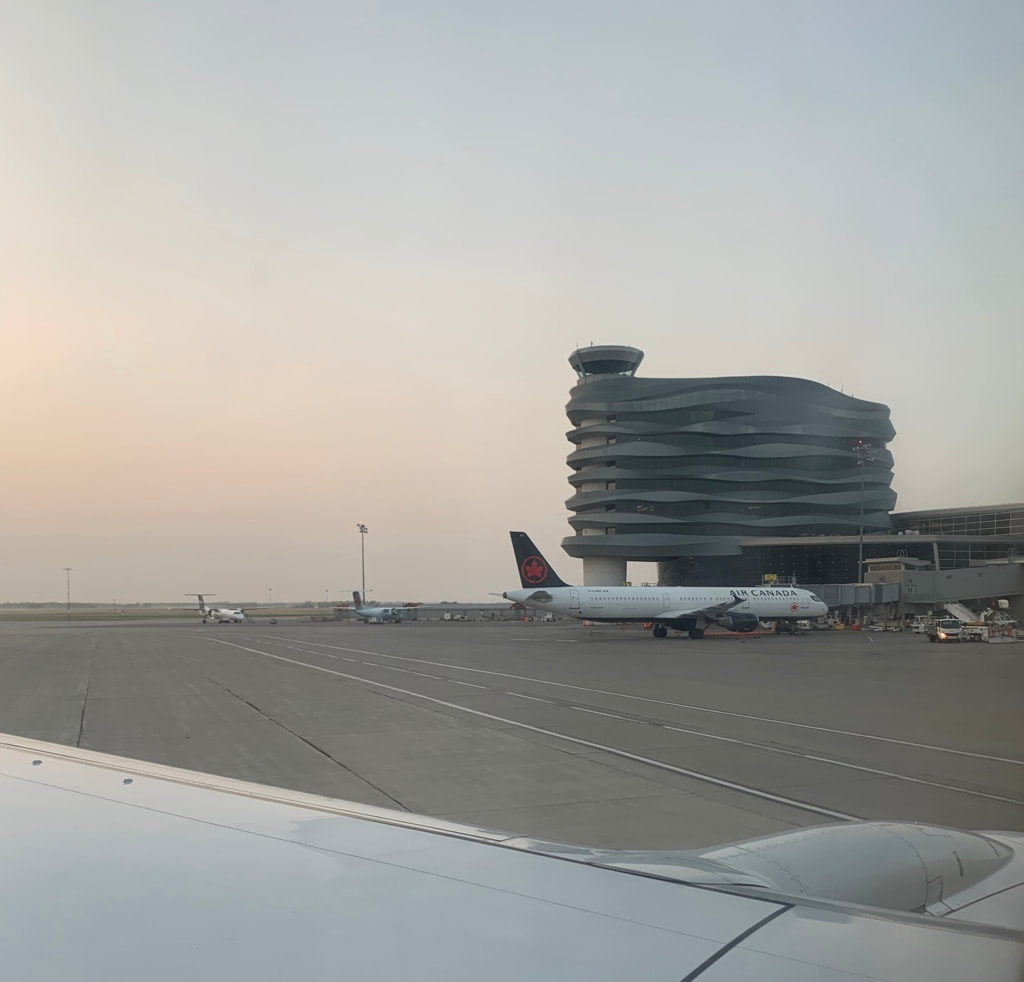
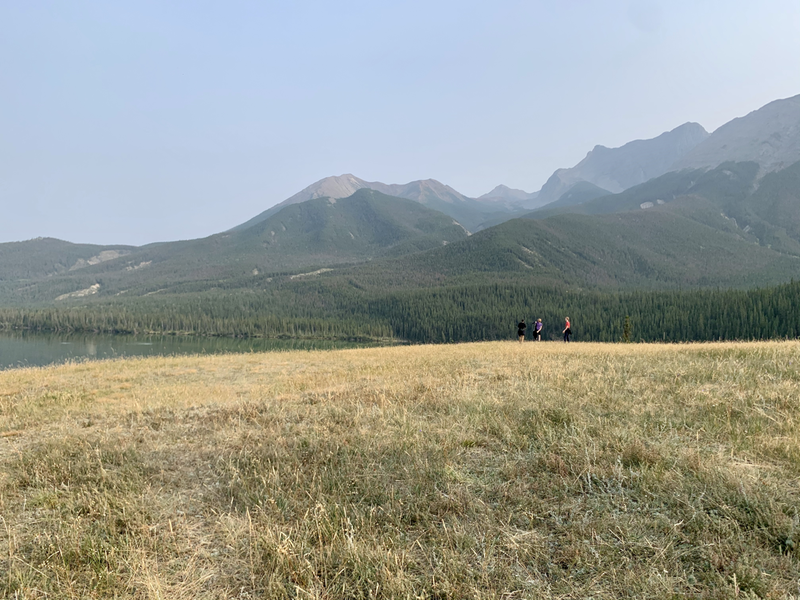

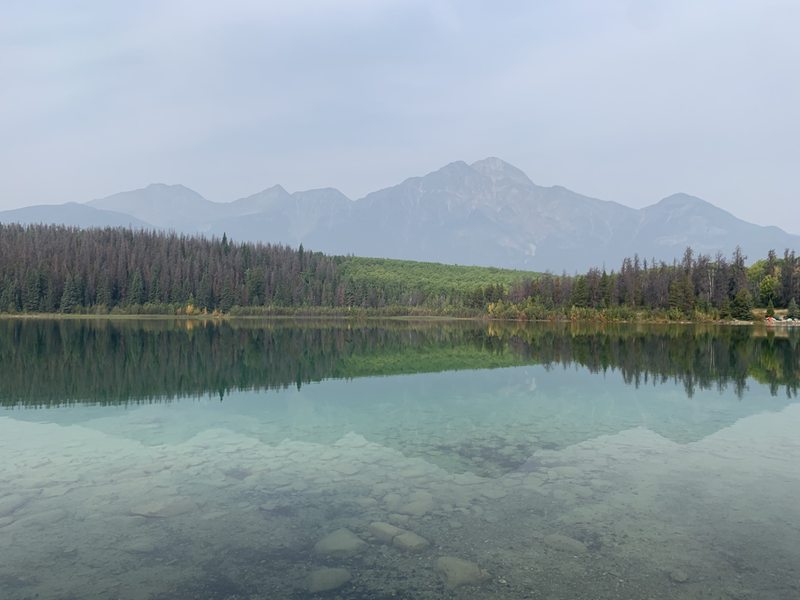

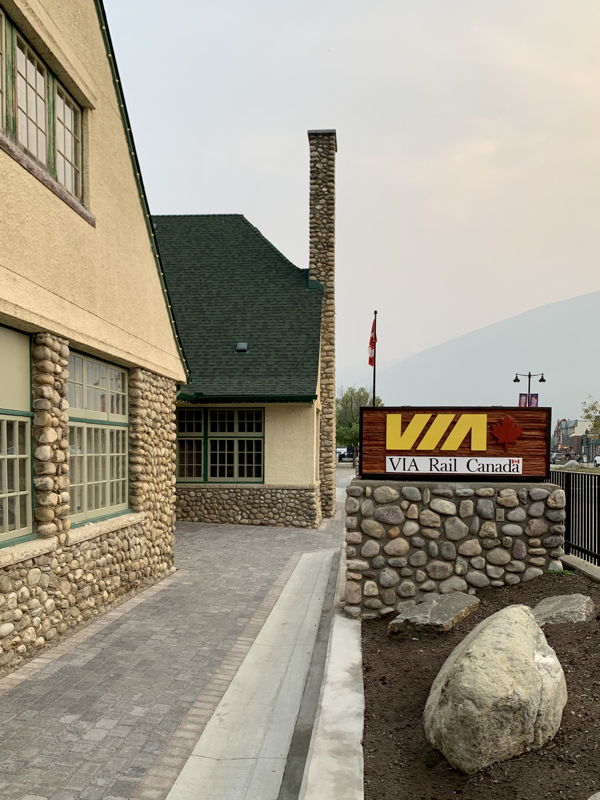
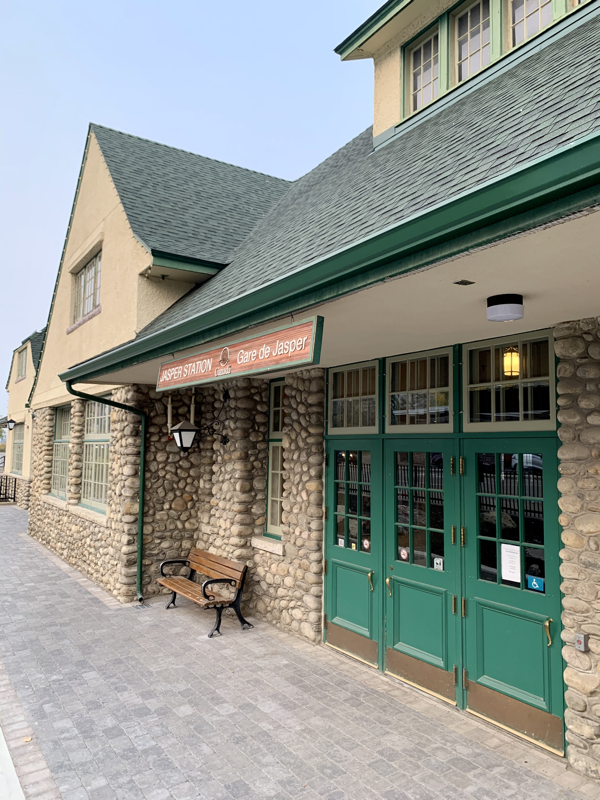


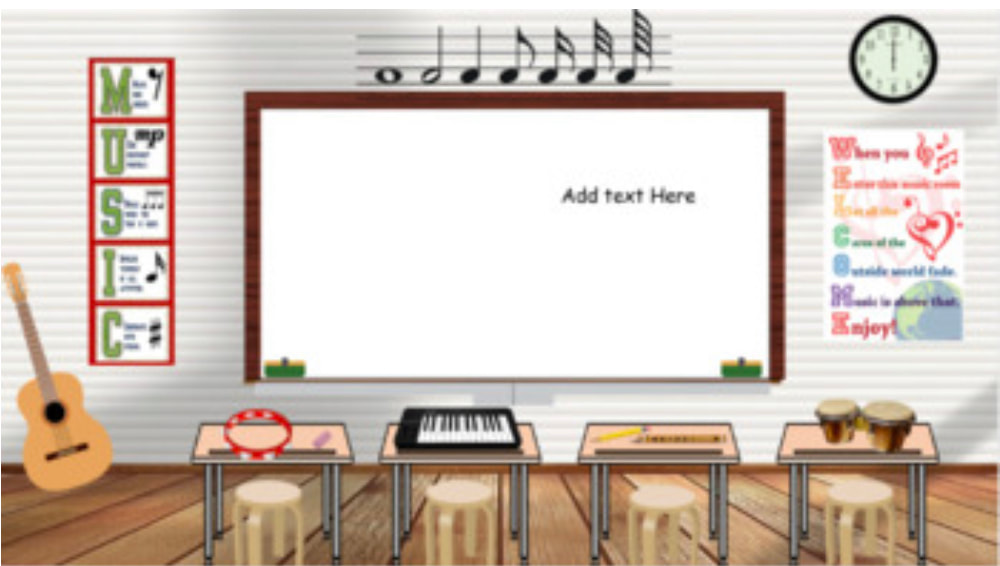
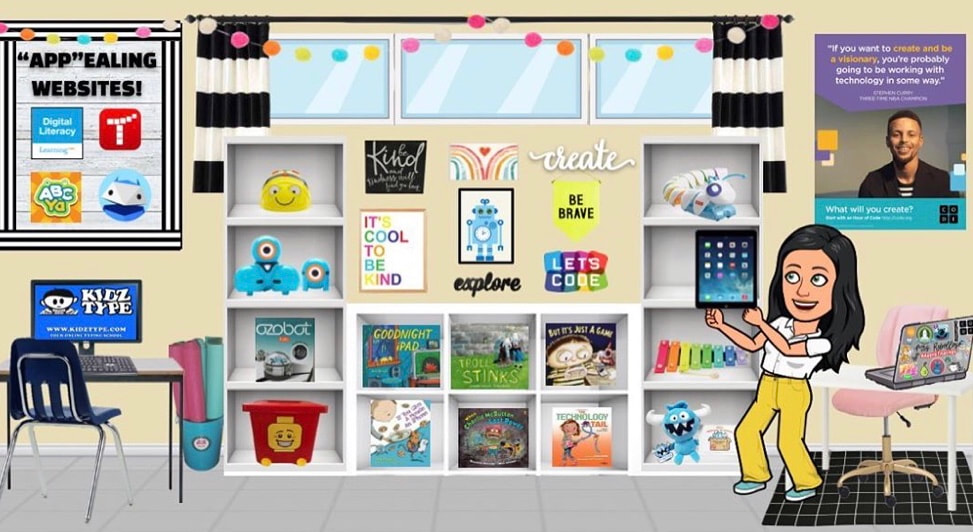
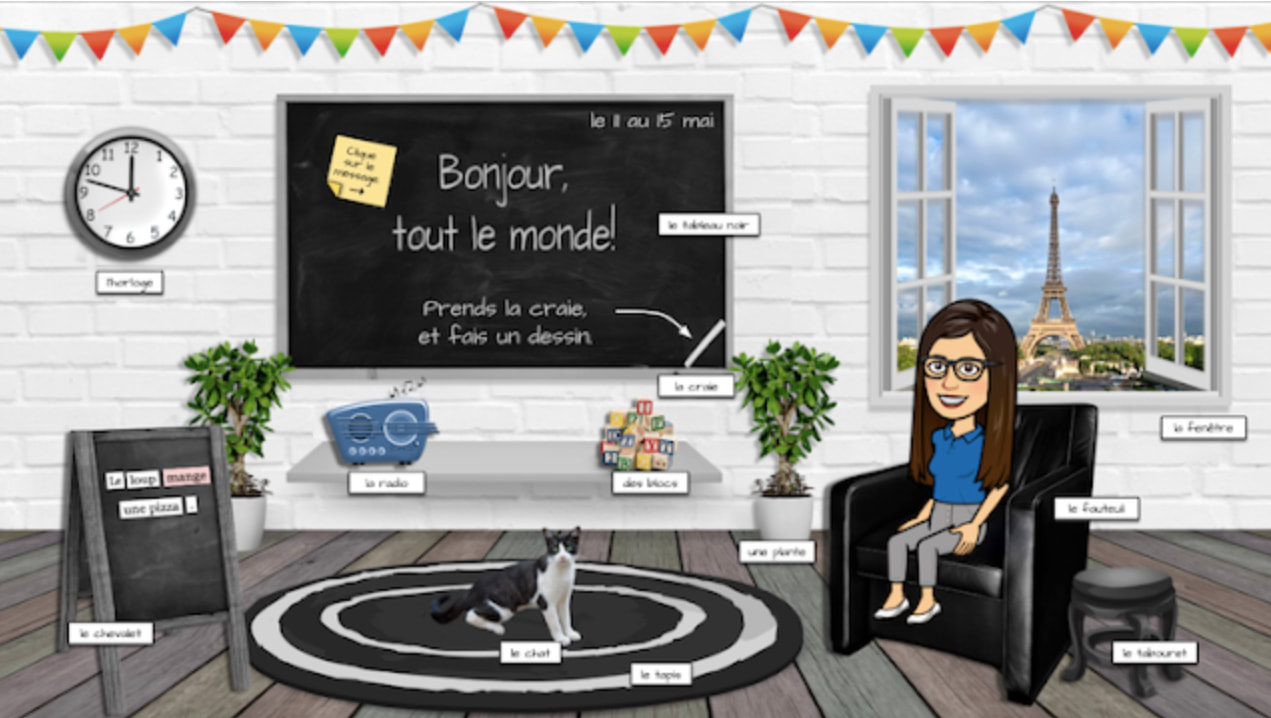


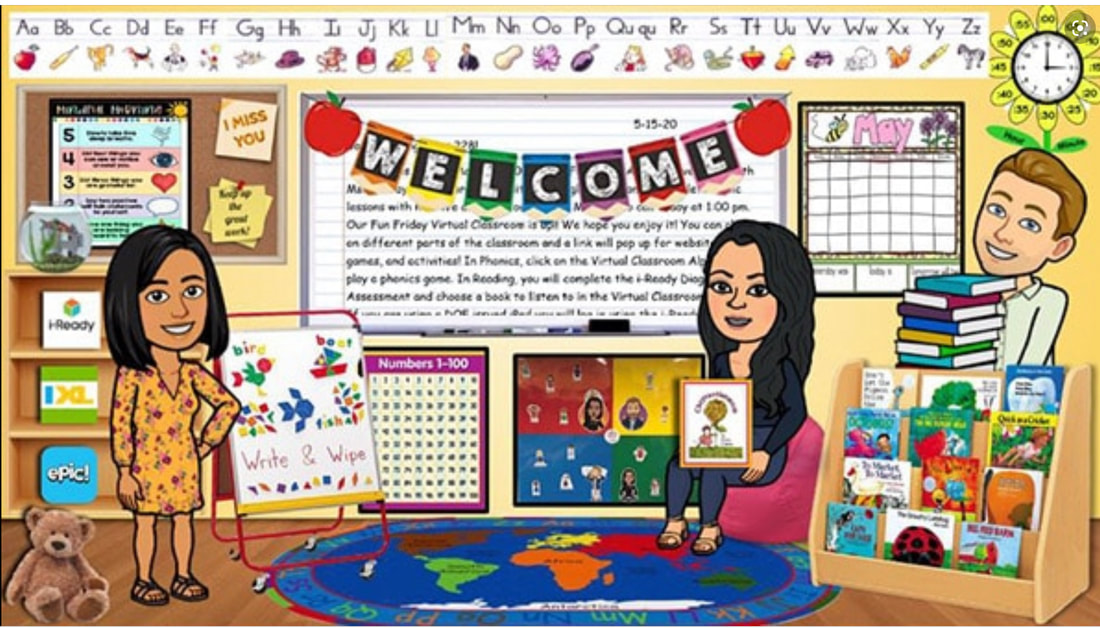



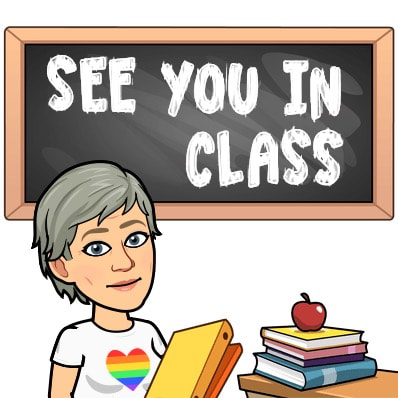

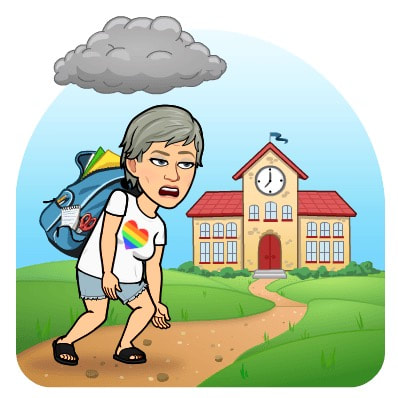











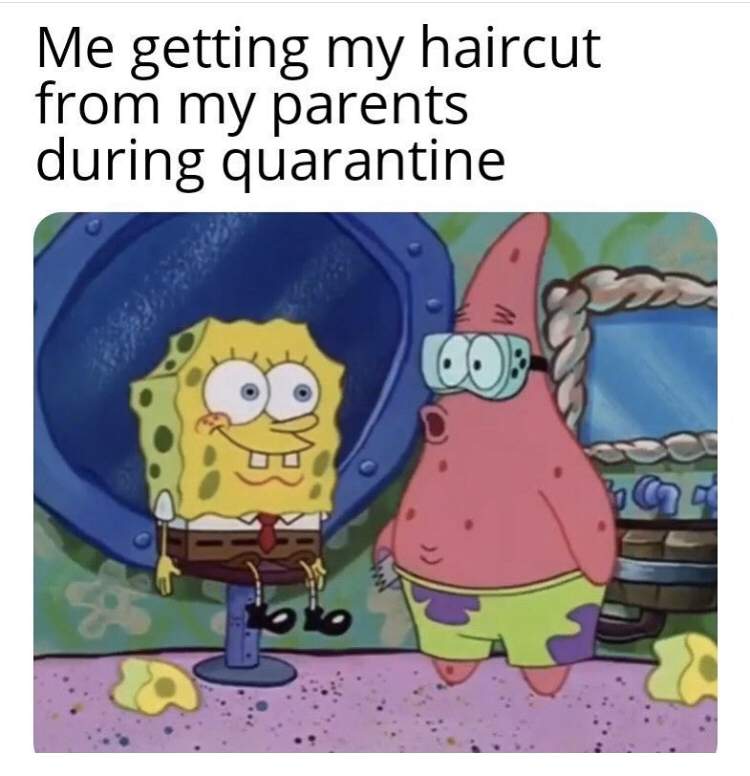

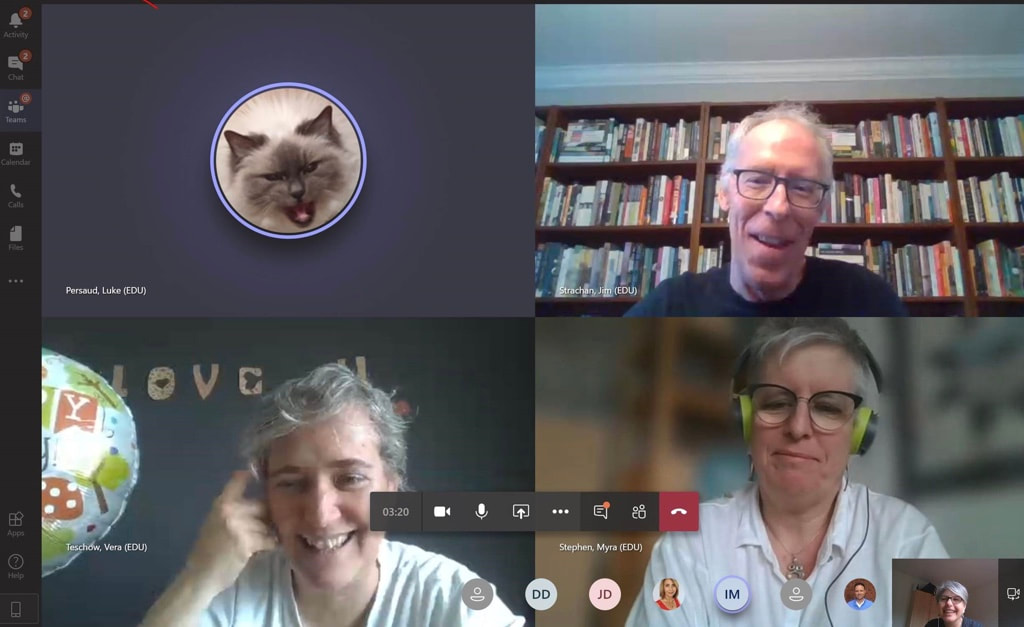

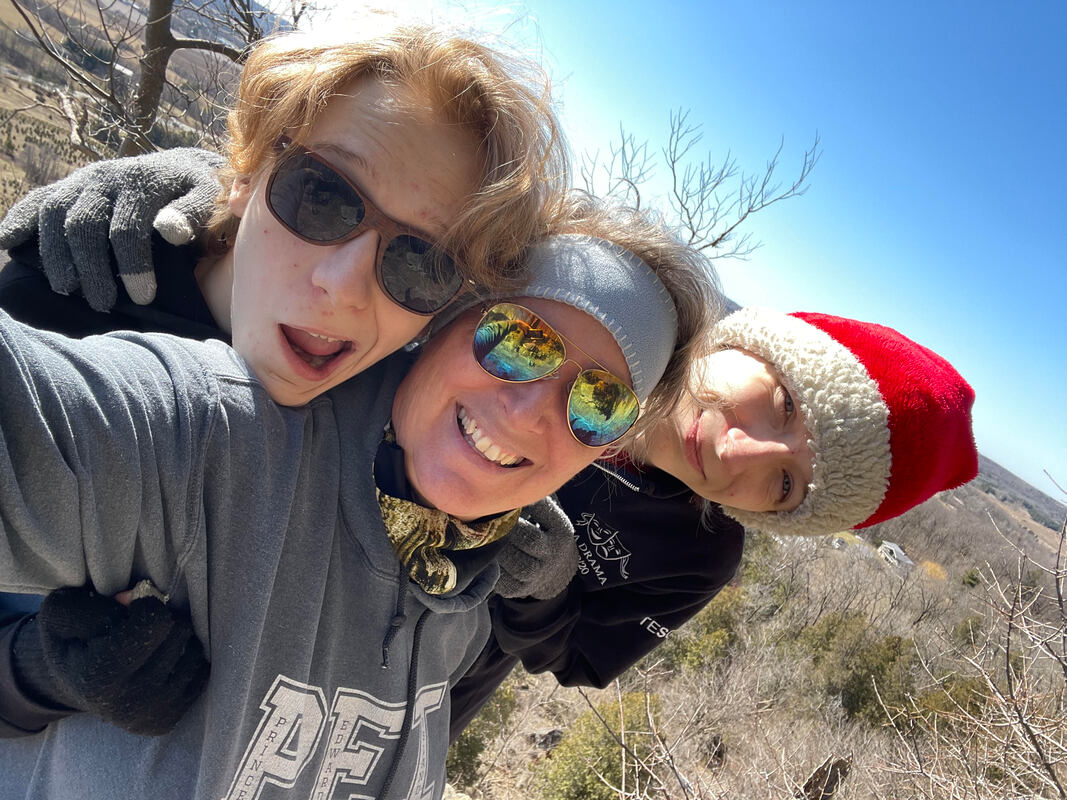

 RSS Feed
RSS Feed